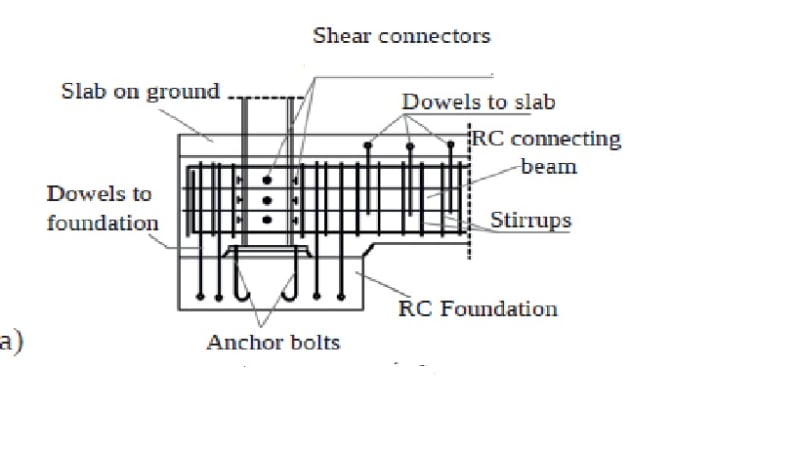JLNJ
Structural
- Oct 26, 2006
- 1,986
When CJP welding a column with a 2" thick flange to a 2" thick base plate (to achieve base fixity of the column) what are the pitfalls with regard to making the weld? Any concerns with delamination of the thick material or tearing of the weld in such an application? This is in an area of low seismicity.

